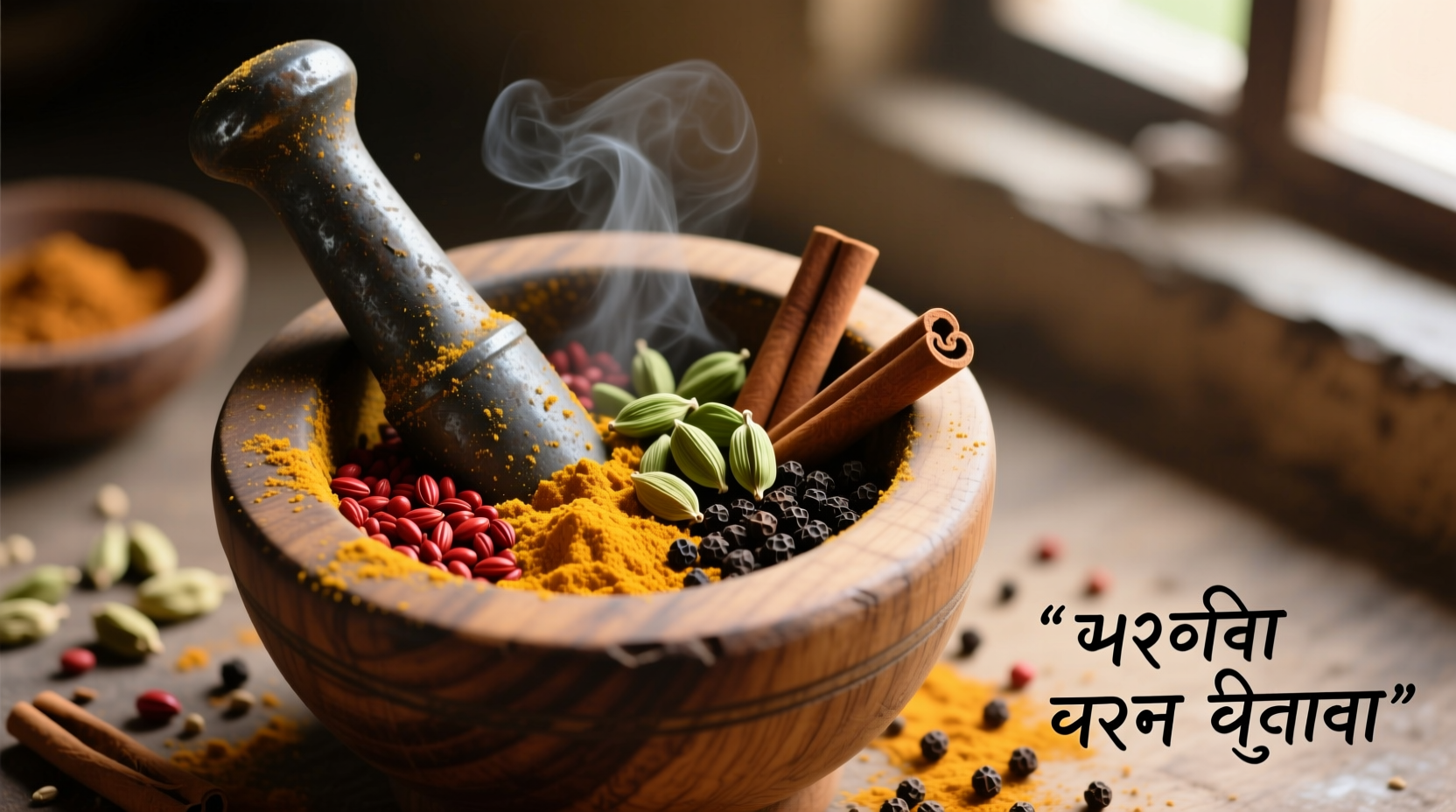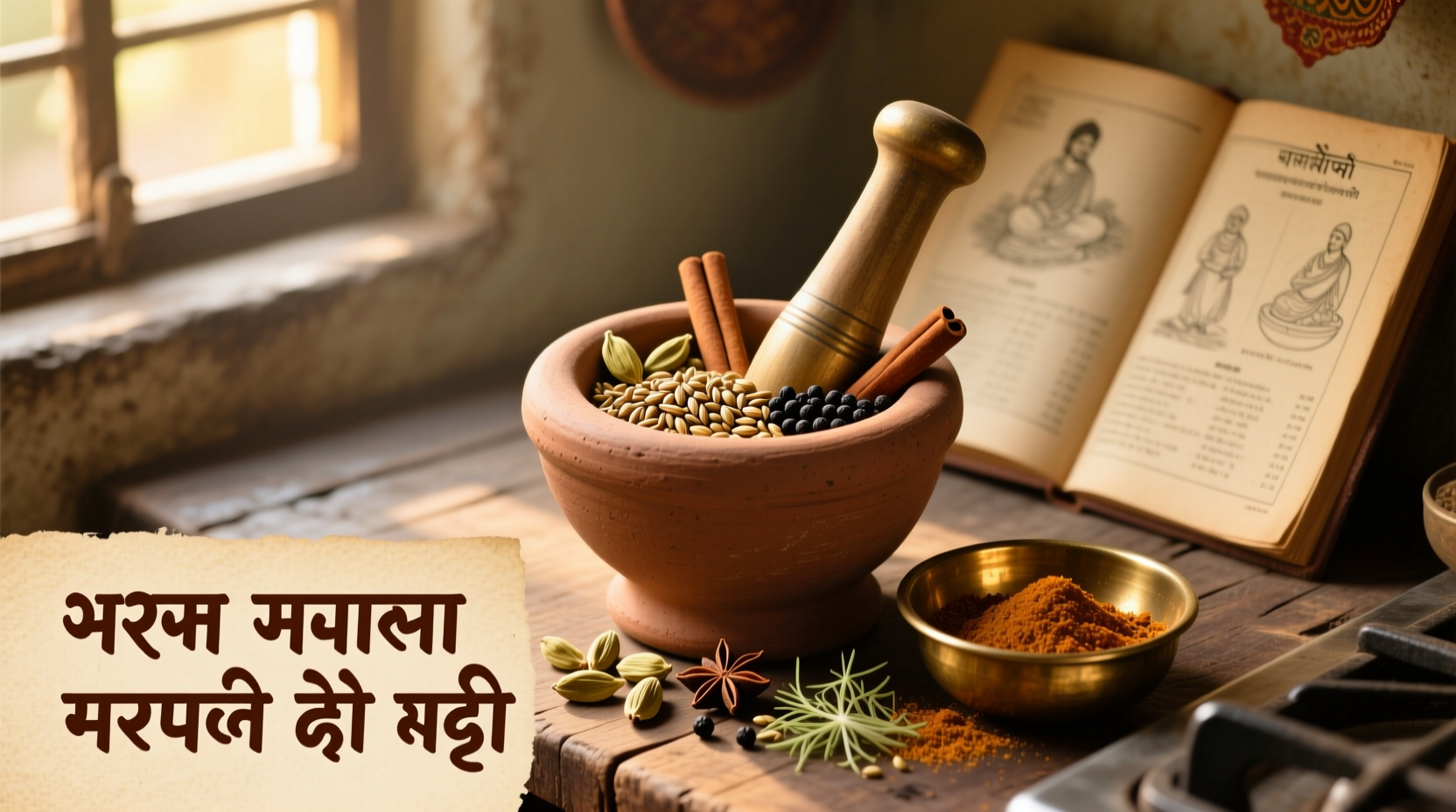Why Your Kitchen Needs Homemade Garam Masala
Forget dusty supermarket jars. Freshly made garam masala unlocks layered warmth you've never experienced. Commercial blends lose 60% of volatile oils within weeks of grinding, according to USDA spice research. When you make garam masala from scratch, you control potency, avoid anti-caking agents, and customize heat levels. Professional chefs like Antonio Rodriguez emphasize that toasting whole spices is non-negotiable for authentic flavor development - a technique most home cooks miss.
Essential Tools You Already Own
No special equipment needed. Use what's in your kitchen:
- Cast-iron or heavy skillet (even heating prevents burning)
- Spice grinder or clean coffee mill (dedicated for spices)
- Airtight glass jar (dark containers preserve oils)
Core Spices vs Regional Variations: What Authenticity Means
Garam masala isn't one-size-fits-all. North Indian versions favor warmth, while Southern blends incorporate cooling spices. This evidence-based comparison reflects documented regional practices from the Indian Agricultural Research Institute:
| Core Spices (All Regions) | North India Preference | South India Variation |
|---|---|---|
| Cumin seeds (1 tbsp) | Cardamom pods (12) | Fenugreek seeds (1 tsp) |
| Coriander seeds (2 tbsp) | Cloves (8) | Curry leaves (5) |
| Black peppercorns (1 tbsp) | Nutmeg (¼ tsp) | Mustard seeds (1 tsp) |
Your 15-Minute Homemade Garam Masala Recipe
Follow this chef-tested sequence for perfect flavor development. The critical toasting timeline comes from culinary science research at UC Davis showing optimal volatile oil release:
- Dry-toast hard spices first: Heat cumin, coriander, and peppercorns in skillet over medium-low 3-4 minutes until fragrant. Stir constantly.
- Add medium-density spices: Include cardamom, cloves, and cinnamon. Toast 2 more minutes until cloves swell.
- Finish with delicate spices: Add nutmeg and mace. Remove from heat immediately after 30 seconds.
- Cool completely (10 minutes) before grinding to prevent steam damage.
- Grind to fine powder using short pulses. Overheating creates bitter paste.

Pro Techniques That Make the Difference
Avoid these common mistakes even experienced cooks make:
- Never toast in oil - dry heat extracts maximum flavor without rancidity
- Grind in small batches - overheated spices lose 40% flavor compounds (National Center for Home Food Preservation)
- Add late in cooking - stir into dishes during last 5 minutes to preserve volatile oils
Storage That Preserves Freshness
Homemade garam masala lasts 6 months when stored correctly. The USDA confirms spices retain potency longest in cool, dark places. Use these guidelines:
- Store in amber glass jar (blocks 99% of light)
- Keep away from stove (heat degrades oils 3x faster)
- Never refrigerate (moisture causes clumping)
- Test freshness: Rub between fingers - strong aroma means viable
Transform Your Cooking Immediately
Use your new blend in these chef-recommended ways:
- Curries: Stir 1 tsp into tomato base during last simmer
- Rice: Add ½ tsp to cooking water with bay leaf
- Roasted veggies: Toss carrots or cauliflower with 1 tsp before baking
- Unexpected twist: Sprinkle on chocolate desserts for warm complexity











 浙公网安备
33010002000092号
浙公网安备
33010002000092号 浙B2-20120091-4
浙B2-20120091-4